Launching an app that can proclaim success overnight is just the tiniest part of creating a successful app. What comes next is not only critical but a thoughtful process and it is associated with setting the right app monetization strategy. In other words, consulting the best app development company that can help your business and its profile afloat in an app driven economy.
In addition to this, there are a plethora of reasons why forming a monetization strategy, doing user research, defining goals, and choosing the right model for a mobile application before embarking development is a brilliant idea.
If you’re looking for a way to monetize your app, these are the models you want to explore:
#1. Premium Apps
By far considered to be the oldest and straightforward app monetization strategy, ‘premium apps’ also known as ‘pay to download’ apps charge an upfront price, and accumulate money from users. Today, where there is only a small percentage of apps that are paid, charging an upfront price is no less than a challenge. The perfect illustration of this can be cited with the Nintendo release of Super Mario Run. Despite initial criticism for charging $9.99 on mobile devices, the game raised eyebrows by receiving 25 million downloads just in four days of its launch in 151 countries and generated revenue of $60 million very quickly.
However, the key here is to find the right initial price and demonstrate value to customers.
Here, it is also worthy to perform a competitor analysis, determine the standard prices of your app category, and how much are your customers willing to pay so that it adds up to your revenue goals. An older, limited model can still be a top pick for certain types of applications.
#2. In-App Advertising
The rise in interactive advertisements can be inversely linked with broader conversations. There are several mobile ad formats that app developers can integrate into their app including banner ads, interstitial ads, native ads, affiliate ads, reward ads to increase app monetization. By 2025, the global in-app advertising revenues are expected to reach $226 billion almost double to what it is now $117 billion. It would not be wrong to say that without in-app advertising and mobile ad networks a lot of apps wouldn’t even exist.
To proclaim the best strategy requires you to fully understand app users. Try to keep the content relevant to the user base and ensure to offer them rewards. In general, ads are a great way not only to grow your business but also double ROI from your mobile app.
#3. Freemium
A combination of both free and premium itself explains what it is all about. Free means users have access to the basic functionality and premium includes additional features such as goods, content, and options that would not be free to access. Obtaining revenue from an application based on a freemium model revolves around user engagement and engaging experience to every single user. The only takeaway of the freemium model is to provide users with too good a feature that they won’t stop gushing over buying a full one and all this without regretting spending money.
#4. In-App Purchases
In a recent survey, it was found that mobile app users spend 26% more on in-app purchases compared to direct payments. In- app, billing facilitates app developers to sell digital goods and services from within the app. Here developers have the opportunity to showcase what their products are capable of by offering some of its features free for them. The sooner the user gets involved, the early they can be convinced to purchase additional features at a fixed price. If you are perplexed with the thought that not charging an upfront price can halt your revenues, worry not. There is still an opportunity to charge users through in-app purchases. In-app purchase monetization is far more effective for mobile games, dating apps where the benefits like extra lives, in-game currency, visible profiles, enhanced options can be promoted to garner more and more users.
#5. Subscription
The subscription model takes in-app purchases to all new different levels. It is like a free trial mode where users have the convenience to download and try applications for free but to bypass feature or content restrictions they require to pay for a subscription.
Rather than paying extra or once to attain a disclosed feature or filter, a user is committed to making regular payments to avoid disruptions. Subscriptions after remaining perfectly functional within games, their utmost potential in the range of other vertical apps cannot be underestimated. Netflix, Hotstar, Amazon Prime, Tinder, Shaddi.com are some of the brilliant examples of subscription-based apps and there seems to be no look back to them since then. Also, this model of monetization works tremendously for consumers who are increasingly ready to shift their everyday habits onto mobile
Final Thoughts
The quintessential growth of the mobile app and its ecosystem, encourage more and more businesses, and entrepreneurs to work and get in an action to conquer the app market and achieve success. But unfortunately, when it comes to tame the market, both growth and opportunities come with an asterisk. Zimble Code is your one-stop destination to address all your digital innovations and needs. Get the help of a top mobile app development company in New York and unlock all that you always wanted to earn from the ability to create a more streamlined production roadmap for your app and structuring a detailed promotion plan.
Throughout your mobile app development journey, we are here to handhold you. Right from creating a mobile application, to launch and then immediately start earning money, we take care of everything that adds up monetization and success to your businesses.

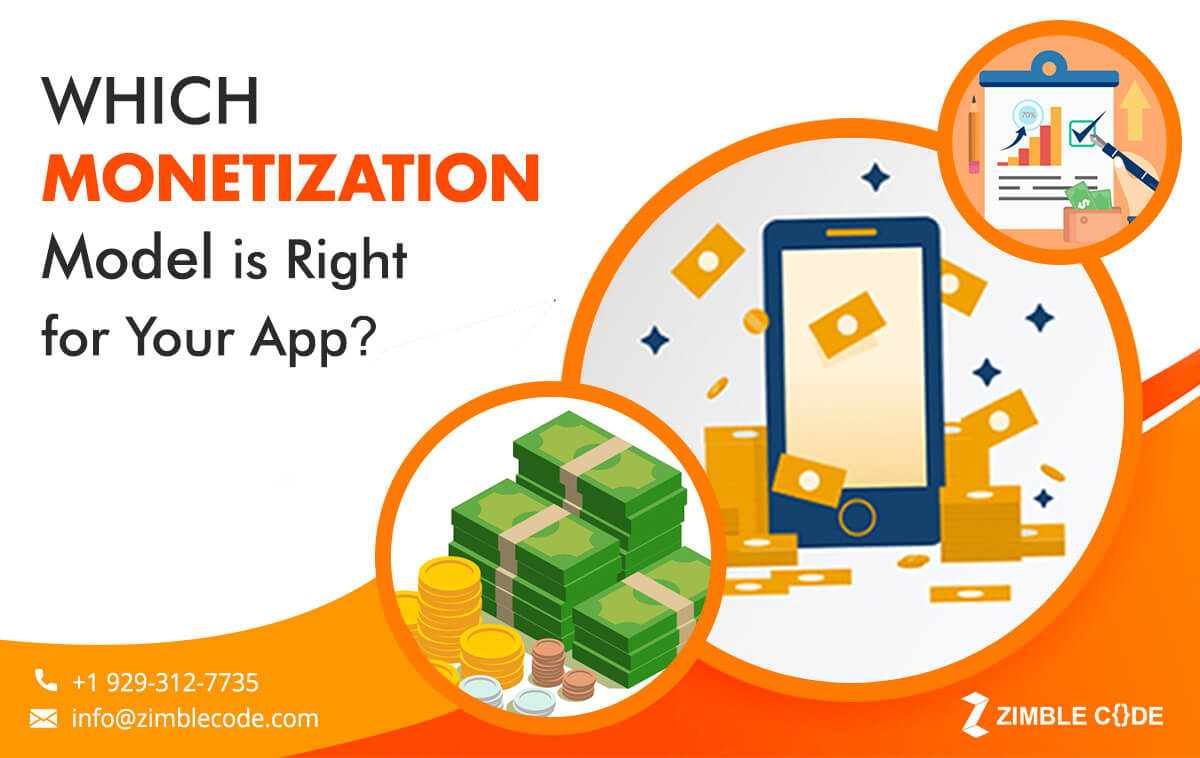
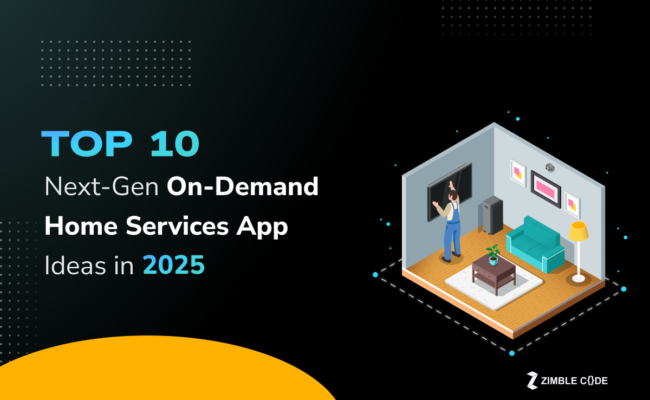
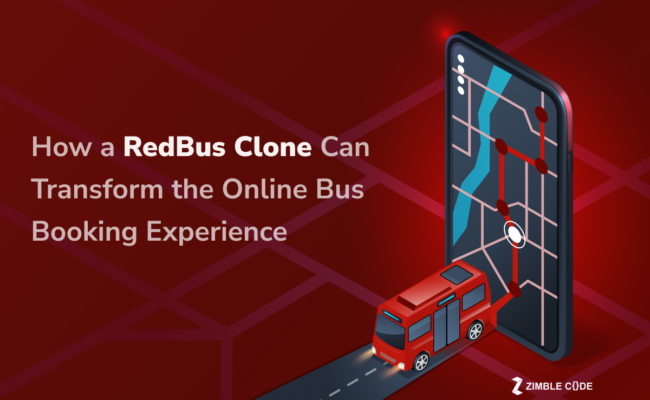
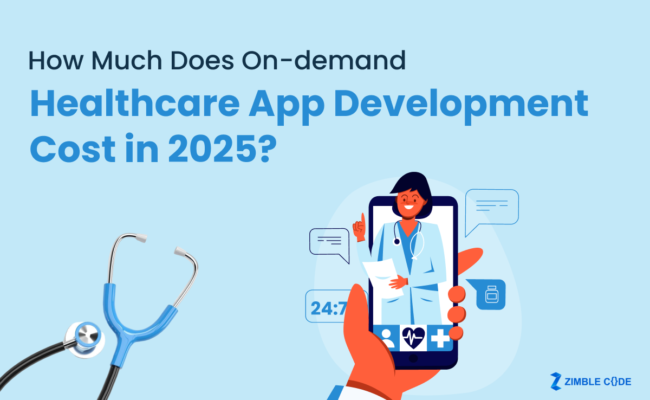
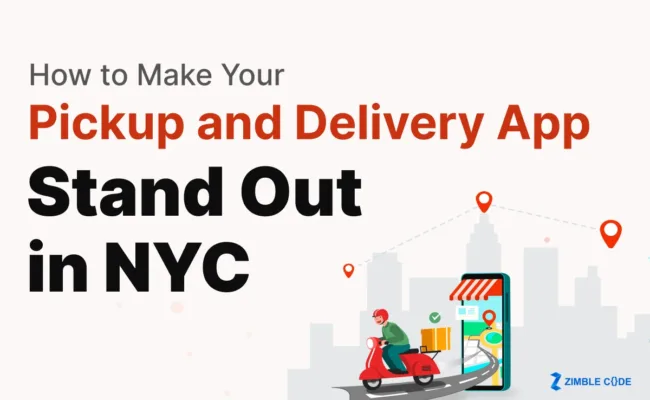
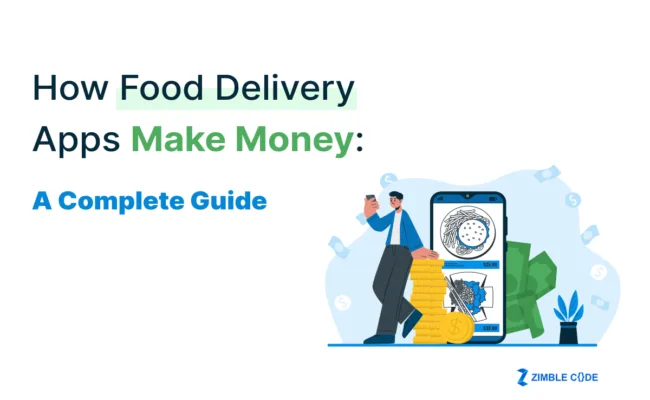

Useful blog !
It is really a nice and helpful piece of information.
I am happy that you shared this useful information with us.
Please keep us up to date like this.
Thanks for sharing.